Good things come in threes
Life & Medical Sciences
A study led by IBEC in collaboration with ICFO has unveiled a method to control brain activity in vivo with infrared light using drugs activated by three-photon excitation. This technique activates specific neurotransmitter receptor proteins using tissue-penetrating light of 1560 nm (in the mid infrared region of the spectrum, the longest reported photoswitching wavelength) and offers unparalleled pharmacological and spatiotemporal precision in three dimensions. The findings (Rosalba Sortino et al., 2023) build upon previous pioneering work of IBEC in two-photon pharmacology (Mercè Izquierdo-Serra et al., 2014; Silvia Pittolo et al., 2019; Gisela Cabré, Aida Garrido-Charles et al., 2019; Fabio Riefolo et al., 2019) and open new frontiers for neurobiological circuit research and to develop light-based noninvasive neuromodulation therapies.
The photoswitchable muscarinic drug PhtalAzoIperoxo (PAI) can be activated with light of 1560 nm (mid-infrared) using a femtosecond pulsed laser. The third-power dependence of cellular responses with light intensity demonstrates that the process is mediated by the absorption of three photons. The dose-dependence of brain activity in wildtype zebrafish larvae shows that PAI has a potency of 25 picomolar, a billion times higher than that used for ligand photouncaging.
REFERÈNCIA
You may also like...
New drug to inhibit the nervous system activity in vivo with light
2024
Life & Medical Sciences
Light-activated drugs against neuropathic pain
2024
Life & Medical Sciences
Measuring the current form nature’s “solar panels” using ultrafast lasers
2024
Life & Medical Sciences

